Mold Remediation
Mold at Your Home or Business? We Can Help!

Commercial Mold Remediation
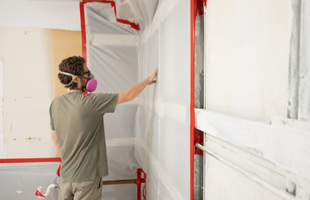
- 24/7 availability
- Fast response
- Minimize disruption to your business
- Help with insurance claim
Residential Mold Remediation
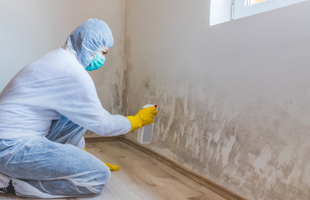
- Fast response
- Limit the spread of mold
- Full restoration of the damage
- Help with insurance claim
Emergency Mold Remediation
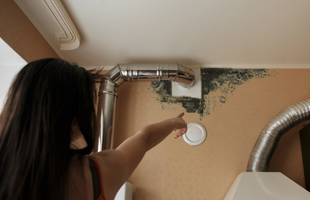
- Rapid response
- Emergency mold remediation
- Structural stabilization and repair
- Full restoration to pre-disaster conditions
No matter what mold damage situation you’re dealing with, we have solutions.
Mold is the most common cause of property damage. Mold spreads quickly and can lead to structural damage and health hazards. You need to take immediate action to remediate. Restoration Master’s professionals specialize in mold remediation and restoring your home or business when mold damage occurs.
Mold growth is not only very common, but it can also spread quicky and remediation can be costly
Mold destroys more wood than all combined cases of fires and termite infestations.
Approximately 45 million buildings in the U.S. have unhealthy levels of mold.
Mold, dust mites, and rats in the home account for 40% of asthma episodes.
Water damage, including leaks, floods, and burst pipes, can cause mold growth in 24-48 hours.
Infants exposed to mold are 3 times more likely to become asthmatic.
Mold remediation costs between $500 and $6000 on average but can reach tens of thousands in extreme cases.
Mold releases mycotoxins that cause allergic reactions, respiratory issues, and other issues like memory loss, depression, and anxiety.
What are the different types of mold?
 Black mold
Black mold Pink mold
Pink mold Yellow mold
Yellow mold Red mold
Red mold Orange mold
Orange mold White mold
White mold Brown mold
Brown mold
If your home or building is affected by mold damage, you need to call a mold remediation professional right away to stop the spread of the mold and restore the damage. RestorationMaster can help you find a mold remediation expert in your area in the United States to restore your property.
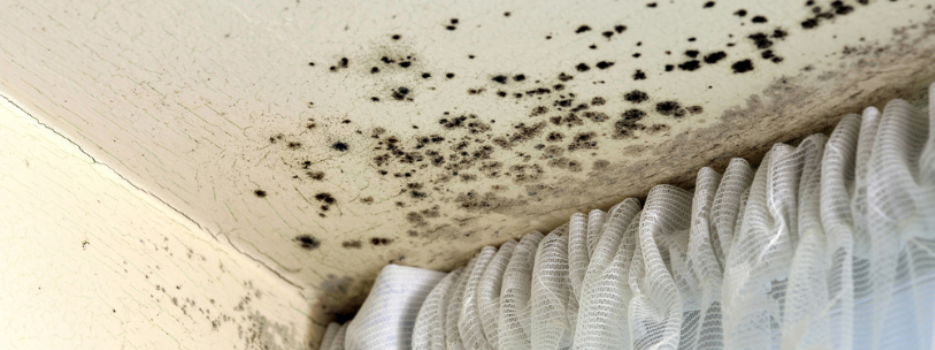
Mold Remediation Services
Black mold removal
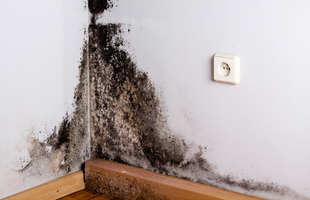
Bathroom mold removal
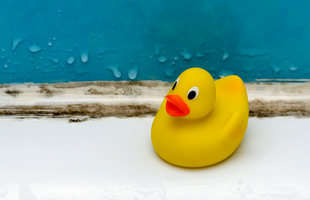
Ceiling mold removal
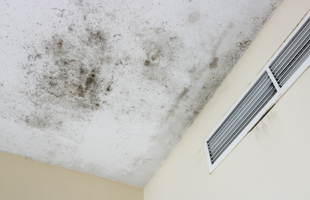
Removing mold from walls
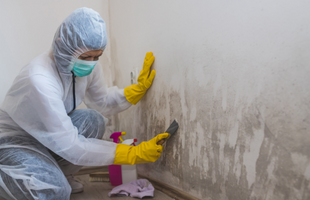
Basement mold removal
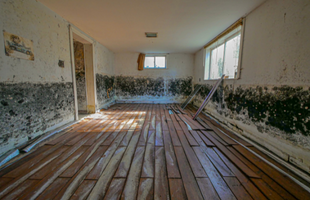
Attic mold removal
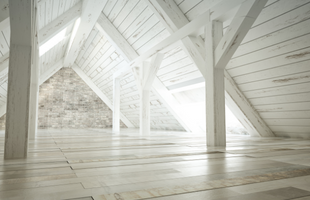
Crawl space mold removal
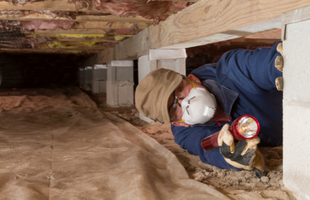
Wood furniture mold

Indoor areas with conditions that are favorable to mold growth, including moisture, darkness, and an organic food source, are inviting to the naturally occurring mold spores which causes the spores to congregate in these areas. Soon enough, visible mold growth will form.
If your home or building is affected by mold damage, you need to call a mold remediation professional right away to stop the spread of the mold and restore the damage. RestorationMaster local mold remediation experts are ready to restore your property. Talk to a mold remediation specialist today to address the mold problem within your home or business.
Mold remediation is a service provided by licensed professionals in which mold growth is removed from the property, the damaged areas are repaired and restored, and the property is restored to safe living conditions. For mold remediation to be successful, mold specialists must find all mold growth on the property, including hidden mold behind walls and ceilings, and address the moisture source that caused the mold growth.
Mold remediation services include the following:
 Mold Assessment
Mold Assessment Mold Inspection
Mold Inspection Mold Removal
Mold Removal Mold Cleaning
Mold Cleaning Mold Odor Removal
Mold Odor Removal Dehumudification
Dehumudification Mold Testing
Mold Testing Disinfection
Disinfection Reconstruction
Reconstruction
Contact a local mold remediation contractor in your area:
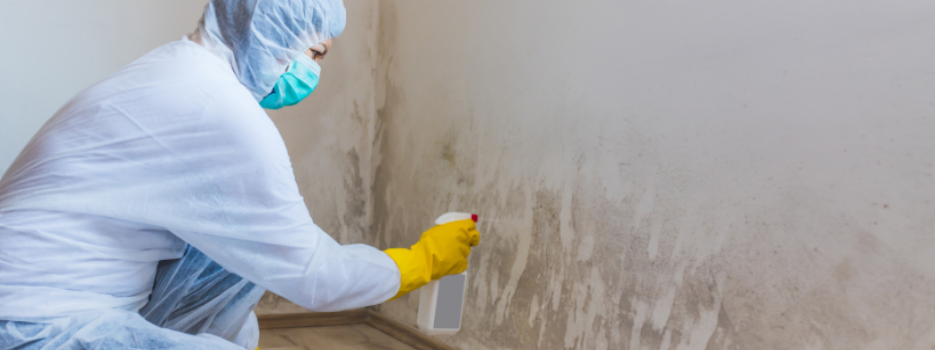
Why Choose Our Contractors
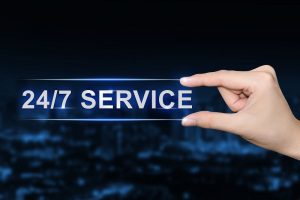
24/7 Emergency Service
When dealing with mold damage, immediate action is necessary to prevent exposure to potential health risks on your property.
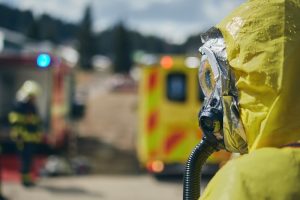
Highly Trained Technicians
As experts in mold remediation, our contractors are trained to safely clean and remove mold damage and dispose it properly.

Great Client Reviews
Providing each customer with fast, competent, and compassionate service results in happy customers, trusted services, and 5 star reviews.
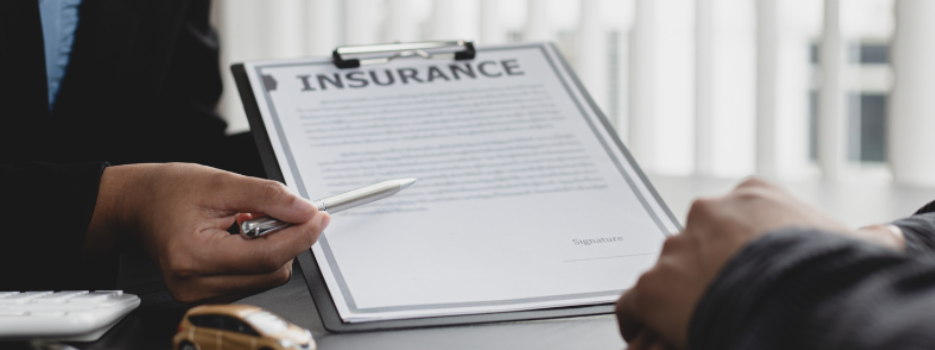
We Work with Insurance
While some instances of mold damage may be obvious, mold damage can also be hidden, such as when it occurs within walls and above ceilings. If you do not notice the signs of hidden mold damage, the damage may be extensive once you realize it is there.
Common mold damage signs to watch for in your home include the following:
 Strange musty odors
Strange musty odors Asthma or allergies worsen
Asthma or allergies worsen Persistent cough
Persistent cough Moisture issues
Moisture issues Dark stains on walls
Dark stains on walls Unusual pet behavior
Unusual pet behavior
Mold Remediation FAQs
The main things that mold spores need to form into visible mold growth are a source of moisture and an organic food source. Moisture is the main factor that attracts mold which is why mold growth is common in kitchens, bathrooms, attics, basements, crawlspaces, and areas affected by flooding or water damage. The main indoor food source for mold is cellulose which is an organic substance found in many common household materials such as wood, drywall, insulation, carpeting, upholstery, wallpaper, paper products, adhesives, clothing, and more.
Mold growth takes hold on surfaces and objects that contain cellulose, and the mold colony will feed on the affected materials. This causes the mold colony to grow while gradually damaging the affected materials as the mold continues to feed on cellulose. This can lead to significant, often permanent damage to affected carpeting, clothing, upholstery, and other similar materials. As mold eats away at drywall and wood surfaces, these materials will become weakened which threatens their structural integrity in extreme cases.
Once mold growth forms, it can spread to new areas at any time. Mold colonies disperse spores into the air which increases the natural concentration and the risk that mold growth will form in new areas of the home or building. This is why it is very important to address mold growth as soon as you find it on your property.
Mold removal is the process of removing mold growth from a property, but this does not include finding and addressing the moisture source that caused the mold growth or returning the mold concentration to a safe level. Mold remediation is a comprehensive service in which mold growth is removed and all problems related to the mold growth, including addressing the source of the moisture, drying affected areas, repairing structural damage, and testing to ensure safe levels of mold, are also addressed.
Mold abatement typically refers to the process of removing mold from homes and buildings without necessarily addressing the issues that caused the mold growth. With mold remediation, the cause of the mold is also addressed to ensure that there is no future mold growth.
Mold mitigation is the process of physically removing mold growth and materials permanently damaged by mold while mold remediation also focuses on bringing the mold levels back down to safe, natural levels.
Mold treatment is the process of treating affected non-porous surfaces and objects with biocides and antimicrobials to kill any traces of mold and prevent the mold from reproducing and reappearing. This is often a step included in comprehensive mold remediation services.
The best way to reduce the level of mold spores in the air in your home is with an air purifier. Air purifiers work by drawing in air and running it through a filter that kills spores and other contaminants. You should only use air purifiers with high efficiency particulate air (HEPA) filters that capture and kill more than 99% or airborne particles.
Mold decontamination is similar to mold treatment in that it involves decontaminating surfaces affected by mold to kill traces of mold and help protect the surface from future mold growth. This process can be done on its own for minor mold growth on non-porous surfaces and it is also one of the steps of comprehensive mold remediation services.
Mold encapsulation is the process of treating mold affected surfaces that cannot be cleaned with a mold sealant that encapsulates the mold growth and prevents it from growing or spreading further. With the mold remediation process, surfaces affected by mold that cannot be cleaned are typically removed and replaced to ensure complete mold removal
Mold colonies form on surfaces, objects, and materials that contain organic matter that serves as its food source. Mold can cause staining of the affected surfaces and objects and deterioration of fabrics and other similar materials. As the mold colonies eat away at wood, drywall, and other similar materials, they may become severely weakened over time which can cause serious structural damage within a home or building. There is also a high risk of mold growth spreading to new areas on the property by dispersing its spores.
Most types of mold release toxins that can trigger a number of allergic reactions in immunocompromised, mold-allergic, and non-allergic people. Allergic reactions occur when mold growth is touched, or mold spores are inhaled. The most common allergic reactions include headaches, coughing, sneezing, runny nose, skin irritation, and irritation of the eyes, nose, and throat. It can also trigger asthma attacks in those with asthma.
Mold is a fungus that consists of multiple identical nuclei and it often penetrates the surfaces it affects. Mold appears fuzzy or slimy and may be one of several colors including black, green, or brown. Mildew is a form of mold that grows flat on surfaces and can often be removed rather easily because it does not penetrate surfaces like other types of mold. Mildew appears on damp surfaces and looks white and powdery.
While other types of mold are typically more damaging and dangerous, mildew can also cause property damage and affect your health.
Mold vs Mildew: The Main Differences between Mold and Mildew
Mold is a common problem that is often misunderstood. Here are some common myths about mold and the truth about each one:
• All mold is dangerous: It is true that most types of mold are dangerous and can cause health issues like allergic reactions. However, some forms of mold are largely harmless while others can be beneficial such as Penicillium which is where Penicillin comes from.
• Bleach kills mold: Bleach only kills live mold on the surface of affected materials. It does not penetrate the surface to kill deeper mold, and it does not kill mold spores.
• Homes and buildings should be mold free: There is always a natural concentration of mold spores in the air which makes it impossible to completely remove mold spores. It is important to keep the mold spores at a safe, natural level and help prevent conditions that cause the spores to form into mold colonies.
• Small mold outbreaks can be ignored: No amount of mold found indoors should be ignored. Mold will continue to spread and the damage it causes will continue to get worse until it is removed. It is better to remove small amounts of mold right away while the removal process is much easier.
• You can clean mold yourself: Using the right cleaning solution, you can remove small outbreaks of mold. Attempting to remove larger mold outbreaks is dangerous as you may put your health at risk or cause the mold colonies to disperse spores which will spread the growth. It is usually best to call a mold remediation professional to handle the mold cleanup and removal.
Mildew is a type of mold that forms on the surface of affected objects and materials and rarely penetrates below the surface. You can remove mildew from outdoor furniture cushions using one of these methods:
• Apply Borax: Borax is a natural cleaner that removes mildew and disinfects the cushions.
• White vinegar: White vinegar is a non-toxic, environmentally friendly cleaning option that can remove light mildew from cushions. You can either wash the cushions in the washing machine with one cup of distilled white vinegar or spray the white vinegar on the cushions and let it sit for ten minutes before scrubbing it with a solution of one tablespoon of dish soap in three cups of warm water.
• Pressure washing: Soak the cushions in water and use a pressure washer at the lowest PSI to spray the cushions in a horizontal sweeping motion. Let the cleaning solution sit on the cushions and then scrub the mildew away with a brush. Rinse the cushions to remove all soap residue and allow them to dry.
There are several professionals in the industry that provide effective mold remediation services that include:
- RestorationMaster Finder
- Servpro
- Duraclean
- ServiceMaster
- 911 Restoration
- 1800 Water Damage
Homeowner’s insurance policies typically cover mold remediation if the mold growth is caused by a covered sudden or accidental peril and if the mold growth is hidden within walls, above ceilings, or beneath flooring. This covers pipe bursts, appliance malfunctions, overflows, and leaks from rainfall which is considered an act of nature.
Typical homeowner’s insurance policies do not cover mold growth caused by flooding or mold caused by a problem that was neglected.
Renter’s insurance can cover mold remediation for damage to your personal property if the mold was caused by a covered peril or natural disaster, including pipe bursts, appliance leaks, fires, vandalism, plumbing issues, and more. Mold remediation is not covered if the mold was caused by flooding or neglect.
If the mold growth causes damage to the home or apartment and not to your personal property, mold remediation is the responsibility of the landlord.
Mold Remediation Costs
The cost of mold remediation is determined by several factors, including the extent and location of the mold growth as well as any water damage and property damage involved. Most homeowners pay between $1,373 and $3,325, or between $13.33 and $28.33 per square foot, with a national average of about $2,347. Mold remediation for minor mold growth may be as low as $458 while the average cost for large scale restoration is $6,333. Severe cases of mold can get even higher into the tens of thousands of dollars.
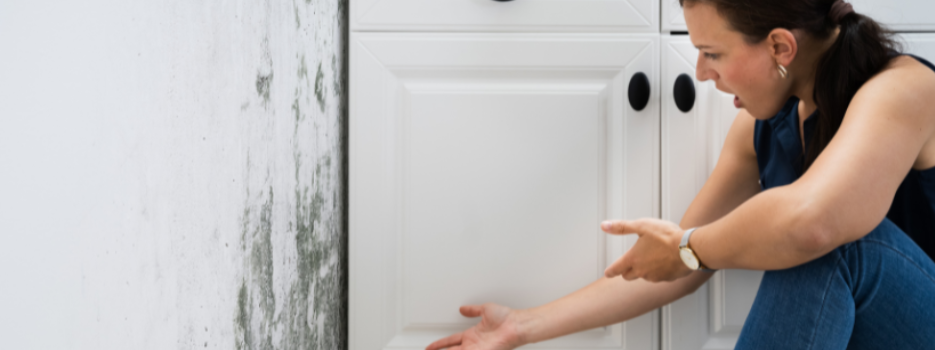
Mold Remediation Articles
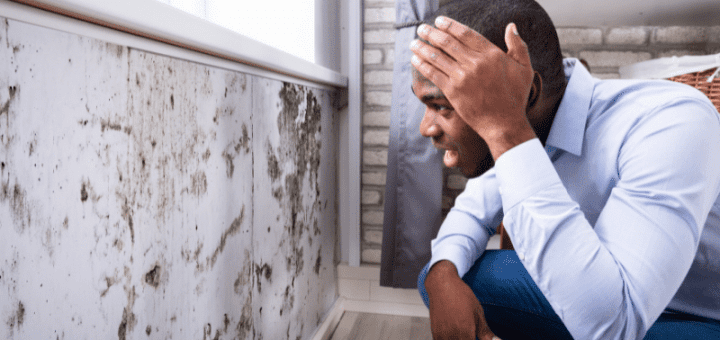
Mold Mildew Cleanup FAQ
Molds indoors have the potential to cause health problems. Allergic reactions to mold are common. They can be immediate or delayed. Time to get rid of that mold and mildew once and for all! These are the top FAQ about mold mildew clean-up.
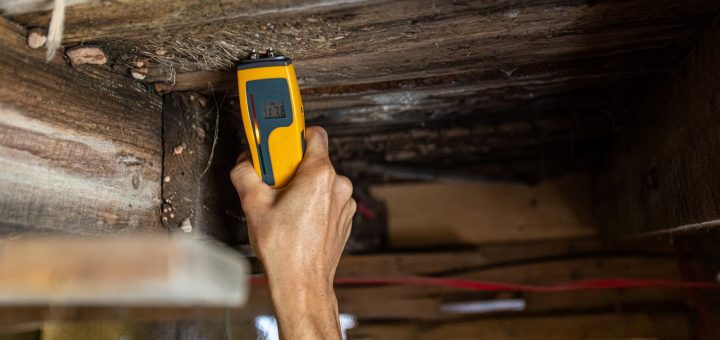
Hidden Mold: Signs and How to Prevent
Mold can be a stealth weapon. It sneaks up on you and your home when you do not know what kind of signs to look for. Learning the early warning signs of a mold invasion can prevent damage, save your health, and keep your home safe.

Cleaning Up Mold After a Flood
Flooding can be a cause of mold growth inside the home. A mold problem can develop quickly, within 24 to 48 hours, if the dampness has not been addressed. It’s important to clean up any mold spores after a flood. Here are the steps to eliminating the pesky mold.
